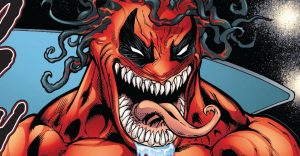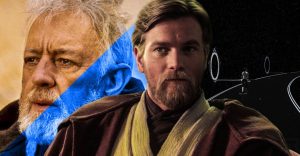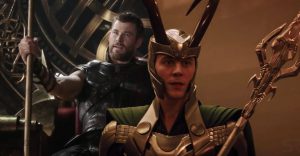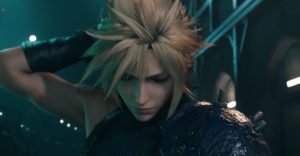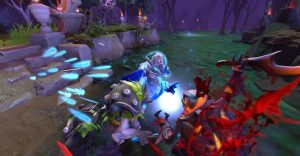Ghost In The Shell PS1 Game: 10 Things You Totally Missed
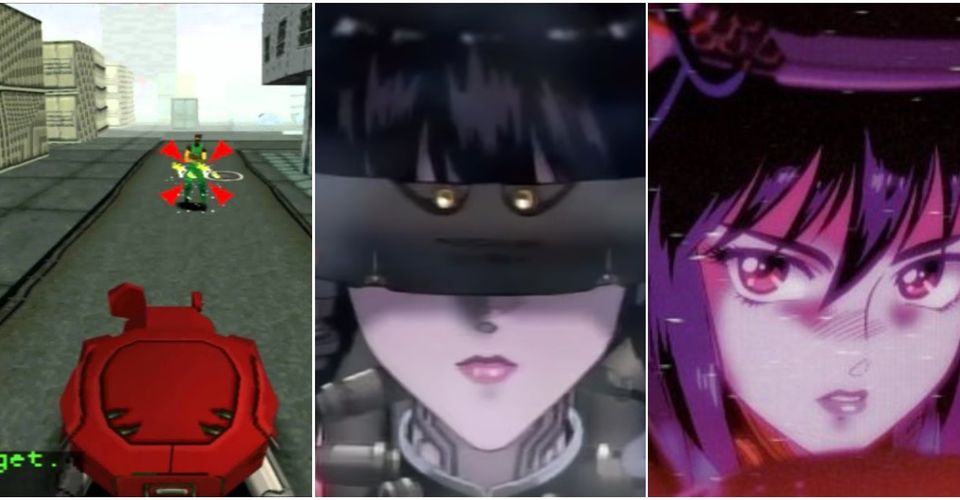
Following the success of the anime film Ghost in the Shell, which was based on the manga of the same name, the PlayStation game of its namesake went on to be a thrilling third-person shooter that garnered a cult following in the years after its release. An underrated gem of a game, it’s influenced by both the manga and the anime and is centered around Public Security Section 9 operatives who take down terrorists and cyber-criminals.
A significant feature of the game was that players got to control the robotic vehicle known as the Fuchikoma. This tank was notable for climbing ceilings and walls. A well-received title, Ghost in the Shell is arguably one of the best anime-based games.
10 Major Motoko Was Voiced By Bulma’s Voice Actress

For the original Japanese version, the voice cast was different from the original film’s. The central character Major Motoko Kusanagi was voiced by the late Hiromi Tsuru, who’s also known for other voice roles like Naomi Hunter in the Metal Gear series and Bulma in several Dragon Ball shows and films.
The game’s English voice cast largely included the original actors behind the film’s English dub. This included the likes of Mimi Wood (Motoko), William Frederick (Aramaki), and so on.
9 Differences In Animation From The Film

As per Making of Game Ghost in the Shell All of Digital Animation, a VHS special that featured interviews with the animators, cel-shaded animation and backgrounds were combined and then rendered in 3D. Even Adobe Photoshop was used for adding finishing touches to some scenes. Digital cel work was also featured in the original film’s animation.
On the surface, the film and the game might look similar but the latter is vastly different mainly because it adopted a full digital coloring technique. As Production I.G states, “this work set the standard for later animation productions.”
8 Direct Involvement From Masamune Shirow

The Ghost in the Shell game didn’t follow the same story continuity as the film, but it still drew greatly from its mythos. Part of its success can be owed to the original manga’s author Masamune Shirow, who was responsible for writing and illustration the game’s story and art design respectively.
Shirow went on to serve as a designer and consultant for other Ghost in the Shell films and PlayStation/PlayStation 2 games along with its highly-polarizing Hollywood live-action film.
7 The Fuchikoma Was Never In The Film

Even though the AI-controlled tank-like vehicle Fuchikoma is significantly featured in the manga, the film never mentions it, introducing a spider-like tank, instead.
As in the comics, the game’s version of Fuchikoma doesn’t just bear weapons, but it also has a personality of its own. It’s able to override prohibitions and act independently, and it’s even capable of playing poker with members from other sectors! The TV series Ghost in The Shell: Stand Alone Complex introduced another AI vehicle known as the Tochikama, which visually bears similarities with Fuchikoma.
6 Alternate Japanese Title

Like many other Japanese video games, Ghost in the Shell received an original Japanese version in July 1997 and was later released in the US featuring English displays and voice-acting. A year later, the game was also released in European territories.
For limited Japanese markets, the game was hence not just released as Ghost in the Shell, but as Kôkaku Kidôtai: Ghost in the Shell. The Japanese title was also the original release title for the 1995 anime film.
5 Cowboy Bebop’s Character Designer And Animator Was Directly Involved

The animation sequences of the game were handled by the anime studio Production I.G, with Toshihiro Kawamoto serving as an animation supervisor and character designer. Anime aficianados would know that Kawamoto is a legend in the industry, having served as an animation director for Cowboy Bebop.
He was assisted by Hiroyuki Kitakubo, who directed and wrote the scenes along with drawing up the storyboards. Kitakubo is most popularly known for directing the anime horror Blood: The Last Vampire.
4 Exact Contributed To The Programming

The programming and coding of Ghost In The Shell were handled by Exact, a Japanese video game studio that was also behind titles like the Jumping Flash series, its predecessor Geograph Seal, and Aquales.
In the late 90s, Exact mostly collaborated with Sony for PlayStation titles, eventually becoming a part of the Sony studio Sugar & Rockets. This studio was later merged into Sony Computer Entertainment Inc. (SCEI) in 2000, which later came to be known as Sony Interactive Entertainment.
3 Promotional Art Book And Guidebooks

Ghost in the Shell Official Art Book was published in July of 1997 to promote the game along with two guidebooks. The former included concept art and designs along with commentary.
As for the guidebooks, they were published as Ghost in the Shell: Basic File and Ghost in the Shell: Master File in July and August of the same year. All of these books were published by Kodansha, the largest publishing company in Japan.
2 Featured In The First Issue Of Official U.S. PlayStation Magazine

Official U.S. PlayStation Magazine (OPM) was a magazine that dealt with news and updates regarding games for the PlayStation branching out to the PS2, PS3, and the PSP. Discontinued in 2007, the magazine’s premier issue was launched in October 1997.
The issue is significant for featuring the Major from Ghost in the Shell on its cover. The other games that were mentioned on the cover included Final Fantasy VII and Deathtrap Dungeon.
1 The Soundtrack

The official soundtrack for the game was released as Ghost in the Shell: Megatech Body, its title referencing the Megatech corporation in the series that manufactures prosthetic bodies and Artificial Intelligence systems.
The albums featured techno tracks by various composers including Mijk van Dijk, Westbam, and Brother from Another Planet. The title track was produced by Takkyu Ishino. A launch party for the game’s release was held in July of 1997 at Yebisu Garden Hall. This event saw the presence of musicians like Ishino and van Dijk as they performed the game’s tracks live.
About The Author












